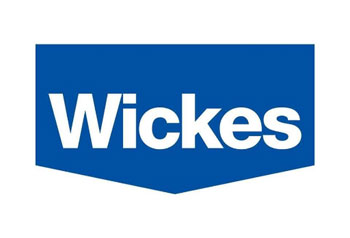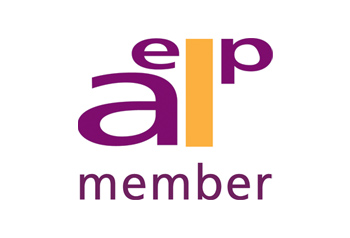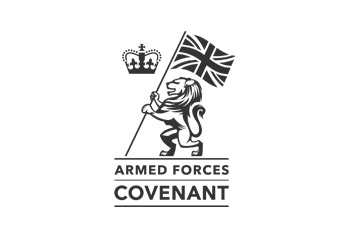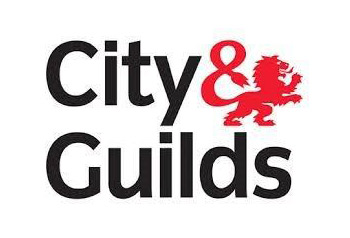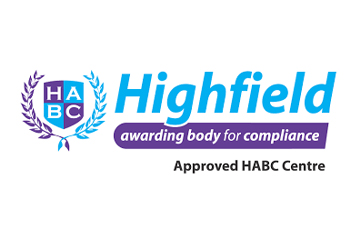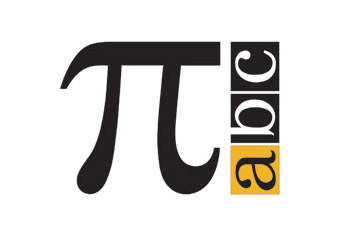Avensure’s short guide to Risk Assessments
As the HSE put it, part of managing the health and safety of your business, you must control the risks in your workplace. To do this you need to think about what might cause harm to people and decide whether you are taking reasonable steps to prevent that harm.
How do we go about complying with the above statement? The answer is complete a Risk Assessment.
This doesn’t mean lots of paper work for you, it just means you’re showing that you are taking sensible measures to control the risk you have identified. The easiest way is to follow the 5 Step approach:
• Identify the hazards;
• Think who might be harmed;
• Evaluate the risks;
• Recording your findings;
• Regularly review your risk assessment.
Hazard: Look only for hazards which you could reasonably expect to result in significant harm under the conditions in your workplace, such as:
• Manual handling;
• Slipping/tripping hazards (e.g. poorly maintained floors or stairs);
• Fire (e.g. from flammable materials);
So, who may be harmed? There is no need to list individuals by name, just think of groups of people doing similar work in the vicinity of the hazard identified, such as all office staff, visitor’s, cleaners, contractors or anyone else you can think of who may be affected.
If you are affected by any of the issues raised in this article and would like to speak to an HR Employment expert, then please do not hesitate in calling Avensure FREE of charge on 0800 077 3534.
Evaluate the risk and decide whether your existing precautions are adequate or whether more needs to be done to control the hazards you have identified and listed. Do your existing precautions reduce risk as far as reasonably practicable?
Where the risk is not adequately controlled, indicate what more you need to do.
Remember, staff need to have adequate information, instruction and training, with adequate systems or procedures in place, as part of the risk assessment process.
You have spent a lot of time doing the previous processes, so it makes sense to record your findings. You need to be able to show that a proper check was made, and that the risk assessments is suitable and sufficient. You need to also show that you have dealt with all the obvious significant hazards, taking into account the number of people who could be involved.
The review process of your assessment is straight forward. Don’t amend your assessment for every trivial change, or for each new job, but if a new job introduces significant new hazards of its own, you will want to consider them in their own right and do whatever you need to keep the risks down. In any case, it is good practice to review your assessment from time to time to make sure that the precautions are still working effectively. This usually happens when an accident has occurred, because this means your control measures may have failed, when you introduce a new machine or process and yearly to make sure the controls are still working as intended.
